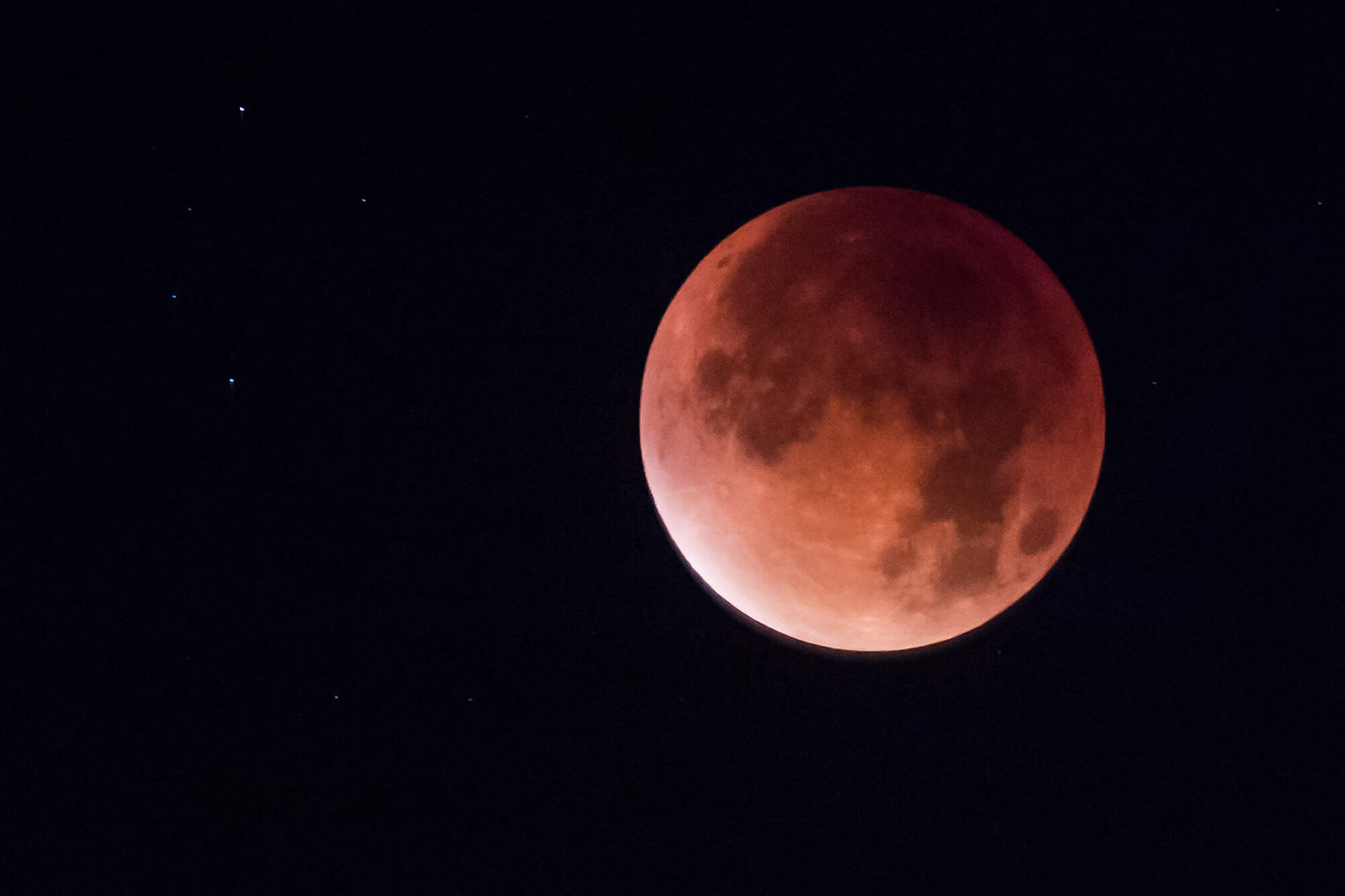Supermoon

On November 14, 2016, the world will experience its largest supermoon since January 1948.
 AP Photo/Geert Vanden Wijngaert Related Links |
It isn't your imagination tricking you into thinking the moon appears significantly larger during some months of the year, this phenomenon is called a supermoon. A supermoon occurs when a full moon or a new moon is at its closest approach to Earth within a given orbit. During an average year there are about 4 to 6 supermoons—but we can only seen the full-moon supermoons. During the spring of 2016, there were three new-moon supermoons, occurring in March, April, and May; with the full-moon supermoons occurring in the months of October, November, and December. On November 14, 2016, the world will experience its largest supermoon since January 1948. A supermoon this size will not happen again until November 25, 2034.
Supermoon History
Astronomers used to called the phenomenon a perigee full moon, perigee meaning "near Earth." Astronomer Richard Nolle coined the term "supermoon" over 30 years ago, but the word did not gain popularity until the March 19, 2011, supermoon. According to Nolle's definition of a supermoon, the moon must come within 224,641 miles of the Earth to classify as a true supermoon.
Super Beaver Moon
It is no surprise that the Native Americans, so in tune with the natural world, noticed the changes in the moon's appearance. They gave them names according to rhythmic natural cycles. For example, the Algonquin Native American tribes named November's full moon "Beaver Moon," because it was the best time to set beaver traps before the swamps froze, ensuring sufficient furs for the approaching winter. Be sure to get outside this November 14 to see the Super Beaver Moon!
Native American Full Moon Names
- January: Wolf Moon
- February: Snow Moon
- March: Worm Moon
- April: Pink Moon
- May: Flower Moon
- June: Strawberry Moon
- July: Buck Moon
- August: Sturgeon Moon
- September: Harvest Moon
- October: Hunter's Moon
- November: Beaver Moon
- December: Cold Moon
by Katherine Schauer







